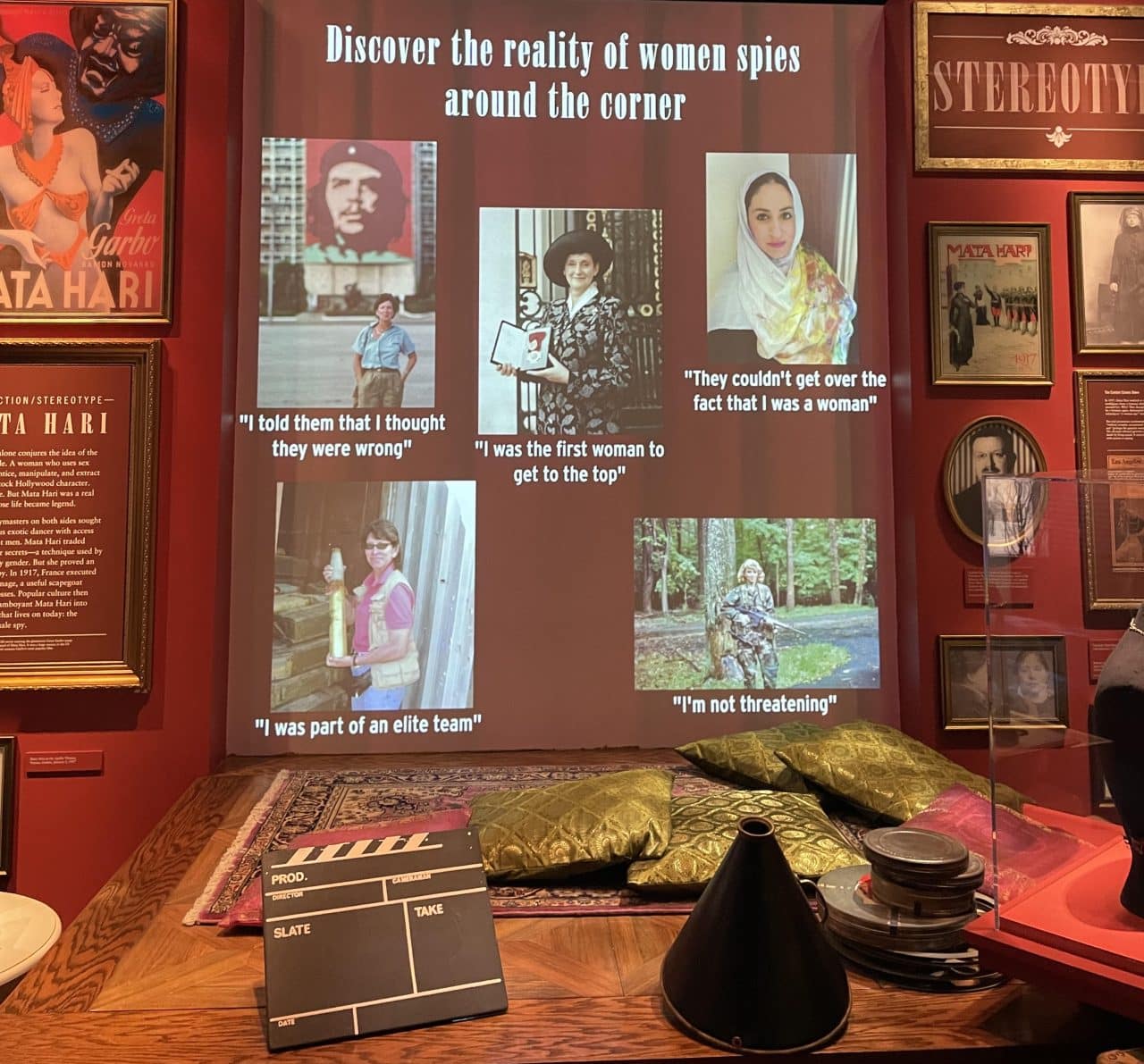Museums are evolving from static spaces where information is simply presented into dynamic environments that engage visitors in meaningful and even transformative ways. Transformative Game Design plays an important role in this evolution, turning museum visits into immersive, interactive experiences that not only educate but also inspire visitors to take action based on their new insights.
This approach leverages game mechanics to create compelling narratives/adventures and challenges that resonate with visitors on a personal level. This then encourages them to reflect on and change their behavior outside the museum. This concept is called “transfer” and is considered the pinnacle of education. But this process is entirely dependent upon the type of experience the visitor has, how they feel about it (because emotion inspires action), and whether or not they know what their next step is for acting on this new perspective.
To help illustrate this, we’ve come up with nine example interactions that are broken out into the type of Exhibit, the Design of the interaction, and the Action that this inspires in the visitor.
1. Climate Action Simulation
- Exhibit: Climate Crisis Interactive
- Design: Visitors participate in a role-playing game where they act as leaders of different countries tasked with negotiating a global climate deal. The game uses real data to show the impact of their decisions on global emissions and climate change.
- Action: Participants are encouraged to commit to personal or community actions to reduce carbon footprints, with resources (based on their locale) provided to help them implement these changes.
2. Historical Immersion LARP
- Exhibit: The Underground Railroad Experience
- Design: A live-action role-playing (LARP) game that recreates scenarios from the Underground Railroad. Visitors assume the roles of various historical figures, making critical decisions that affect their journey to freedom.
- Action: This exhibit prompts visitors to engage with modern issues of justice and equality, directing them to volunteer opportunities with local civil rights organizations.
3. Economic Decision-Making Game
- Exhibit: Trade and Commerce in the Ancient World
- Design: An interactive board game where players trade goods along historical trade routes, facing challenges like pirates and storms. The game highlights the economic principles and the impact of trade policies.
- Action: Players learn about fair trade and are provided with information on how to support ethical consumer practices.
4. Public Health Interactive Challenge
- Exhibit: Outbreak!
- Design: A digital interactive experience where visitors work together to stop a spreading infectious disease by making public health decisions and allocating resources effectively.
- Action: The game encourages visitors to participate in health initiatives and educates them on ways to prevent disease spread in their communities.
5. Art Conservation Puzzle
- Exhibit: Art in Peril
- Design: Visitors solve puzzles that simulate the challenges of art conservation, understanding the chemistry and artistry behind preservation techniques.
- Action: Inspired by the exhibit, visitors can donate to art preservation funds or participate in local art restoration projects.
6. Wildlife Conservation Strategy Game
- Exhibit: Endangered Ecosystems
- Design: A strategy game where visitors manage a wildlife reserve, making decisions about habitat protection and species conservation.
- Action: This game inspires visitors to support or volunteer for wildlife conservation efforts and provides information on adopting endangered animals.
7. Archaeological Dig Simulation
- Exhibit: Digging Into the Past
- Design: A hands-on exhibit where visitors participate in a simulated archaeological dig, uncovering replicas of artifacts and learning about the scientific methods used in archaeology.
- Action: Participants are encouraged to support archaeological research through educational programs or become amateur archaeologists… even what local colleges offer archeology as a course.
8. Space Exploration Interactive Lab
- Exhibit: Mission to Mars
- Design: An interactive lab where visitors plan a mission to Mars, involving challenges like spacecraft design, navigation, and life support systems.
- Action: This interaction promotes interest in STEM fields and offers links to space camps and science education initiatives.
9. Sustainable Living Workshop
- Exhibit: Future Cities
- Design: This interactive model city allows visitors to be involved in urban planning and sustainability decision-making. As they make choices about infrastructure, energy sources, and public spaces, they see the real-time impact of their decisions on the city’s development.
- Action: Visitors leave equipped with a “sustainable living toolkit” that includes practical tips and resources for reducing energy consumption and waste in their own homes, encouraging them to make environmentally friendly choices daily.
We hope you found inspiration in the above examples transformative game design that can make museum exhibits more than just informative—they can become catalysts for personal and social change. By adding interactive and actionable elements into your museum experience, your visitors are not only educated but also motivated to apply their new knowledge in meaningful ways. And isn’t that the best outcome for education?
Guardian Adventures provides transformative game consulting and program development for museum and science centers, summer camps, amusement & attraction industries, and more.










